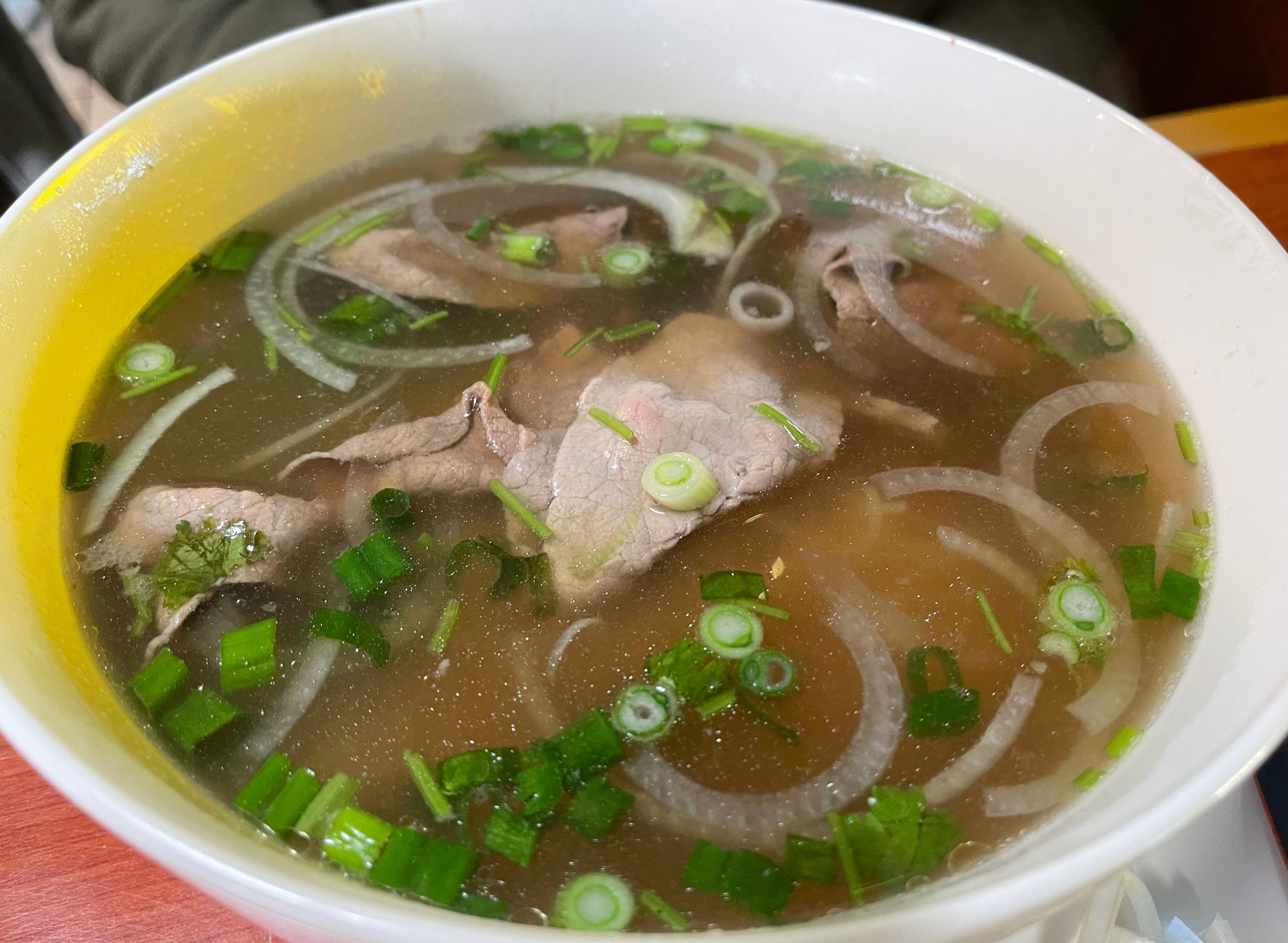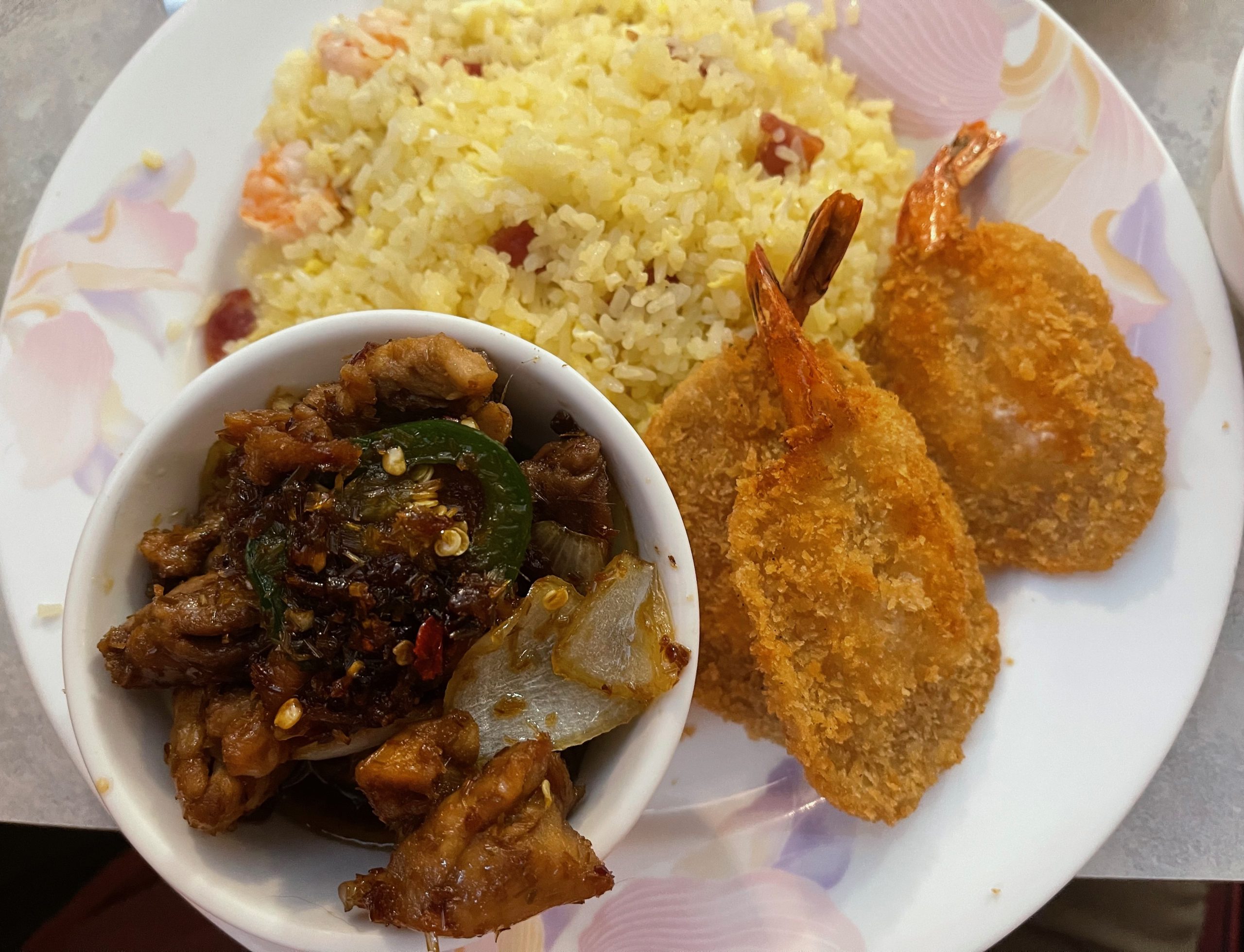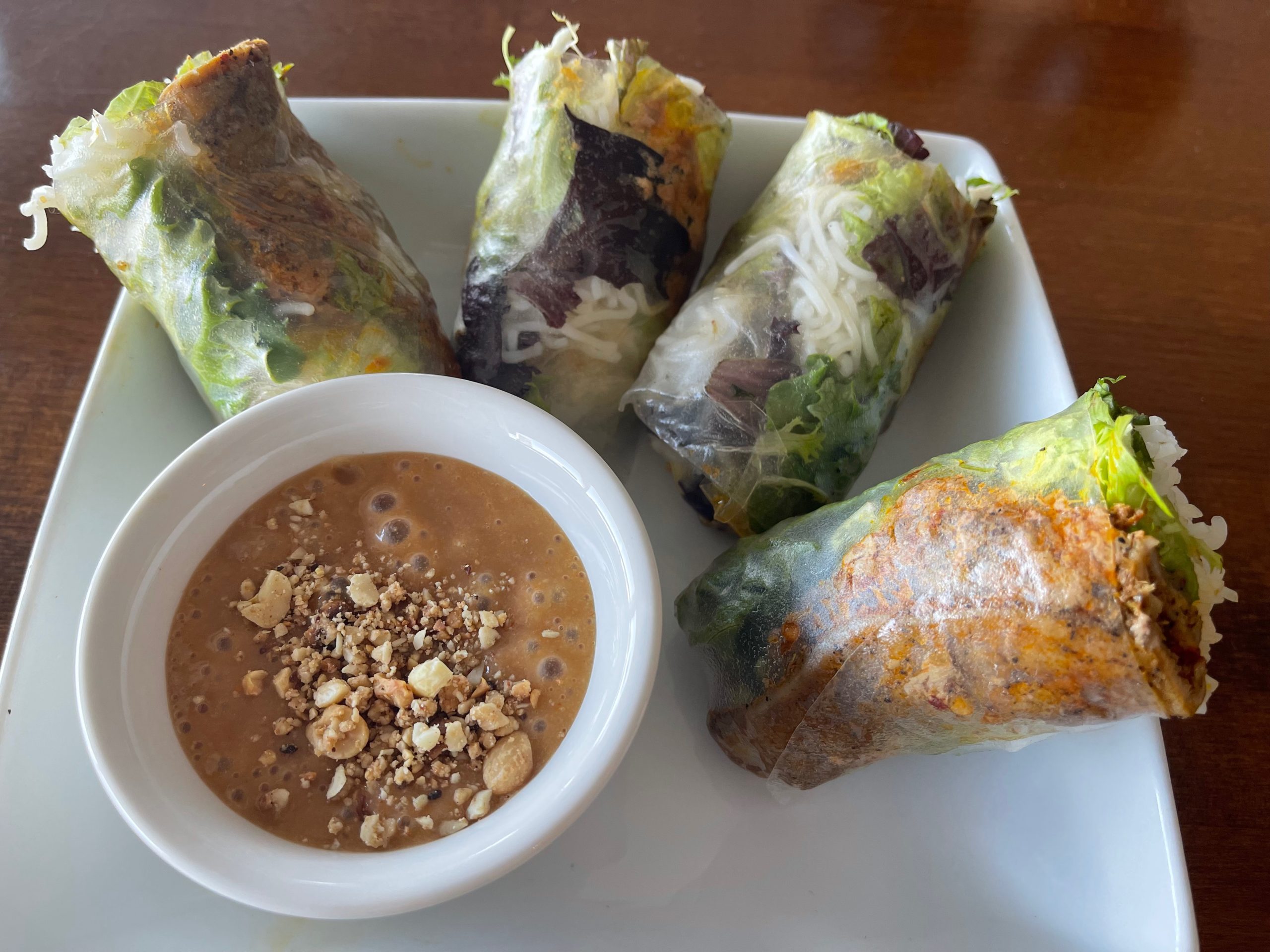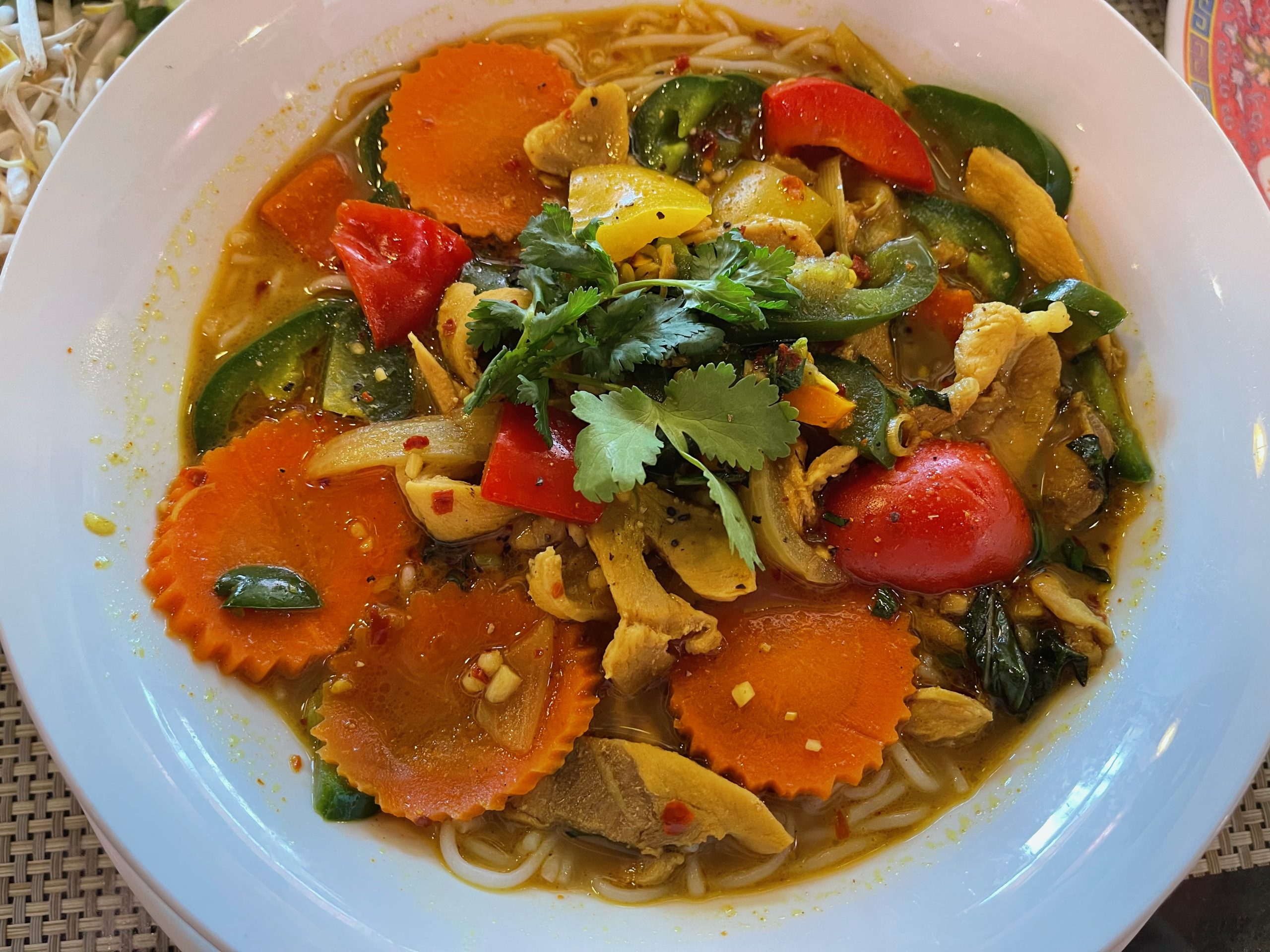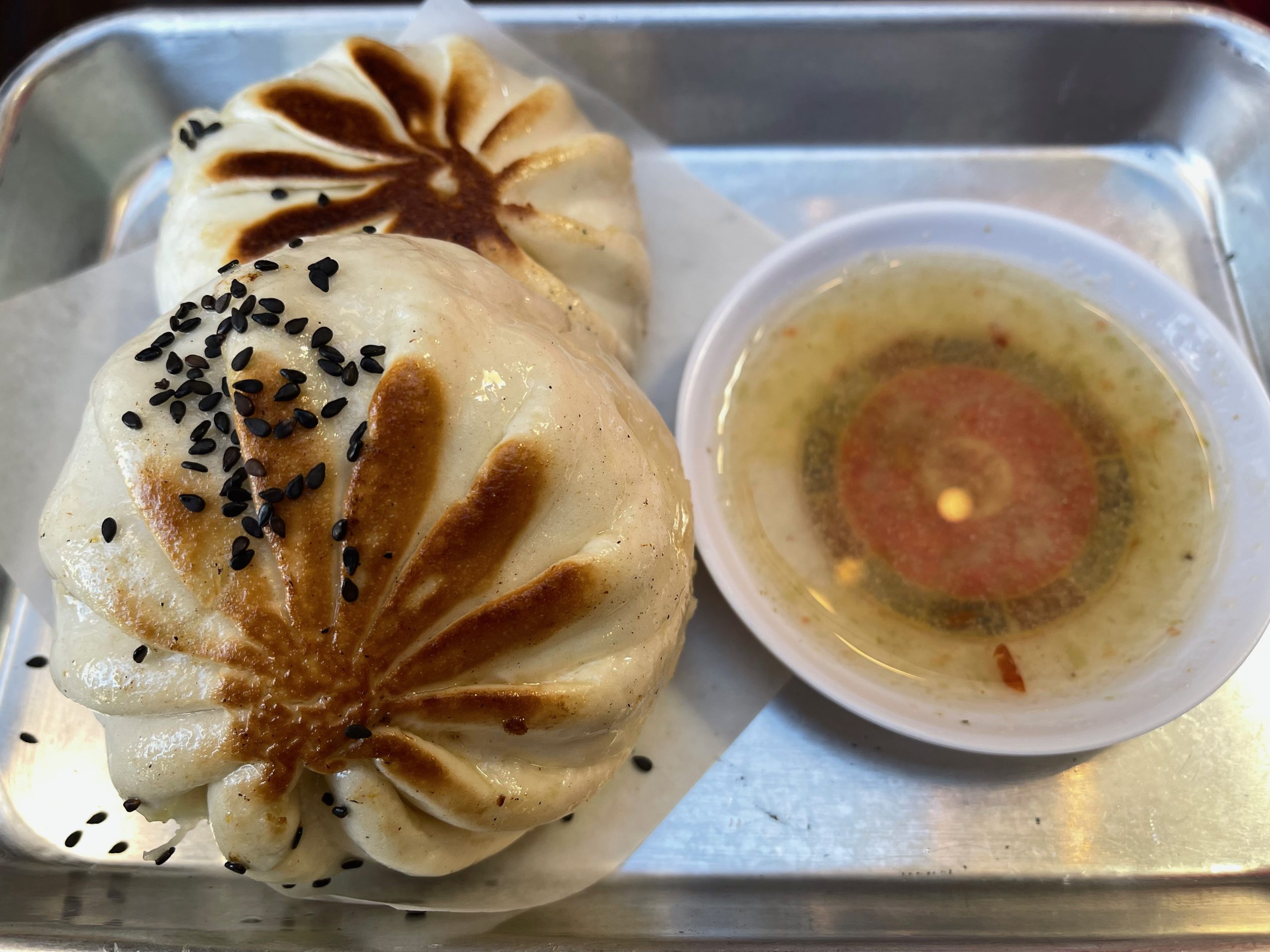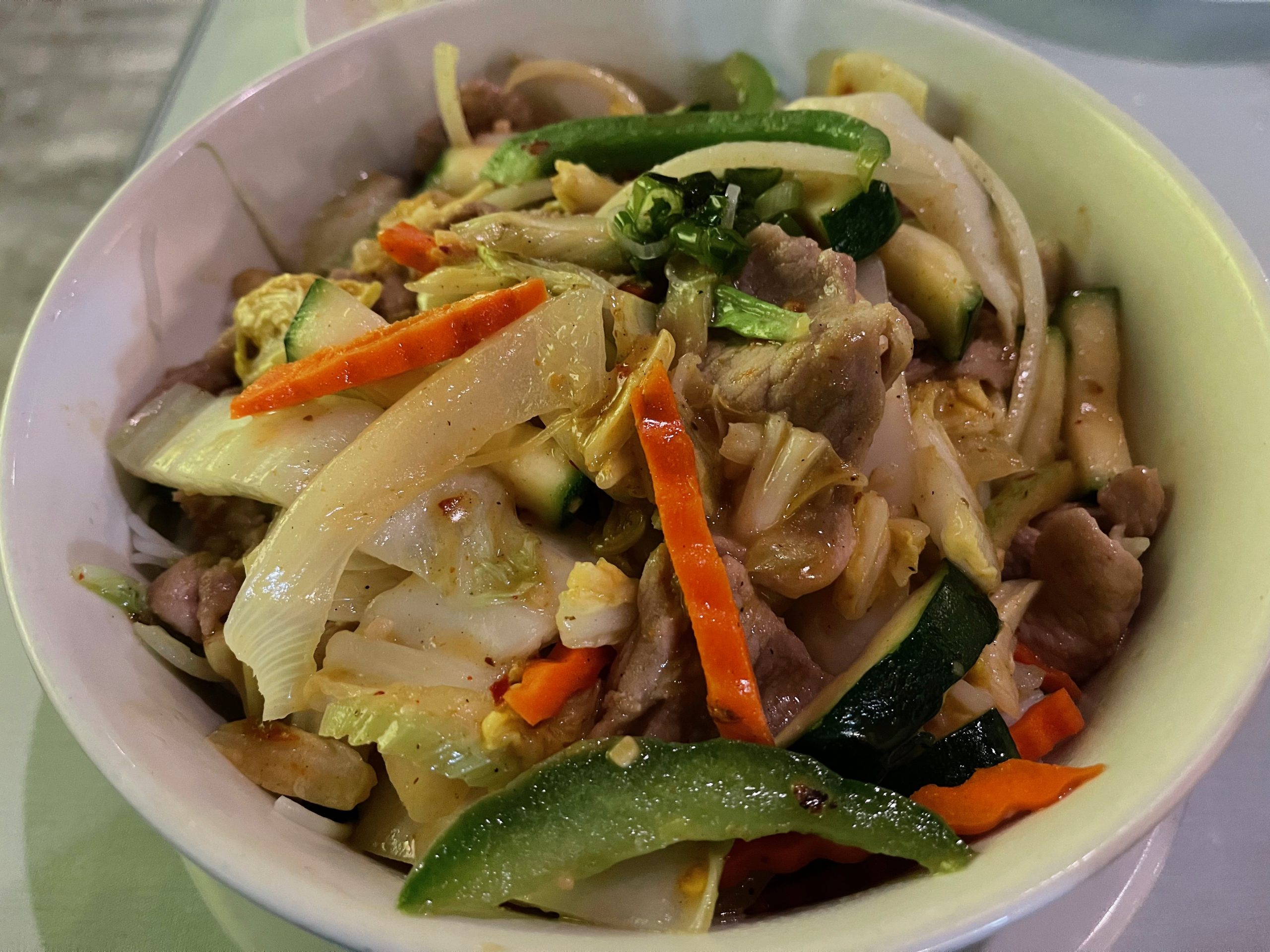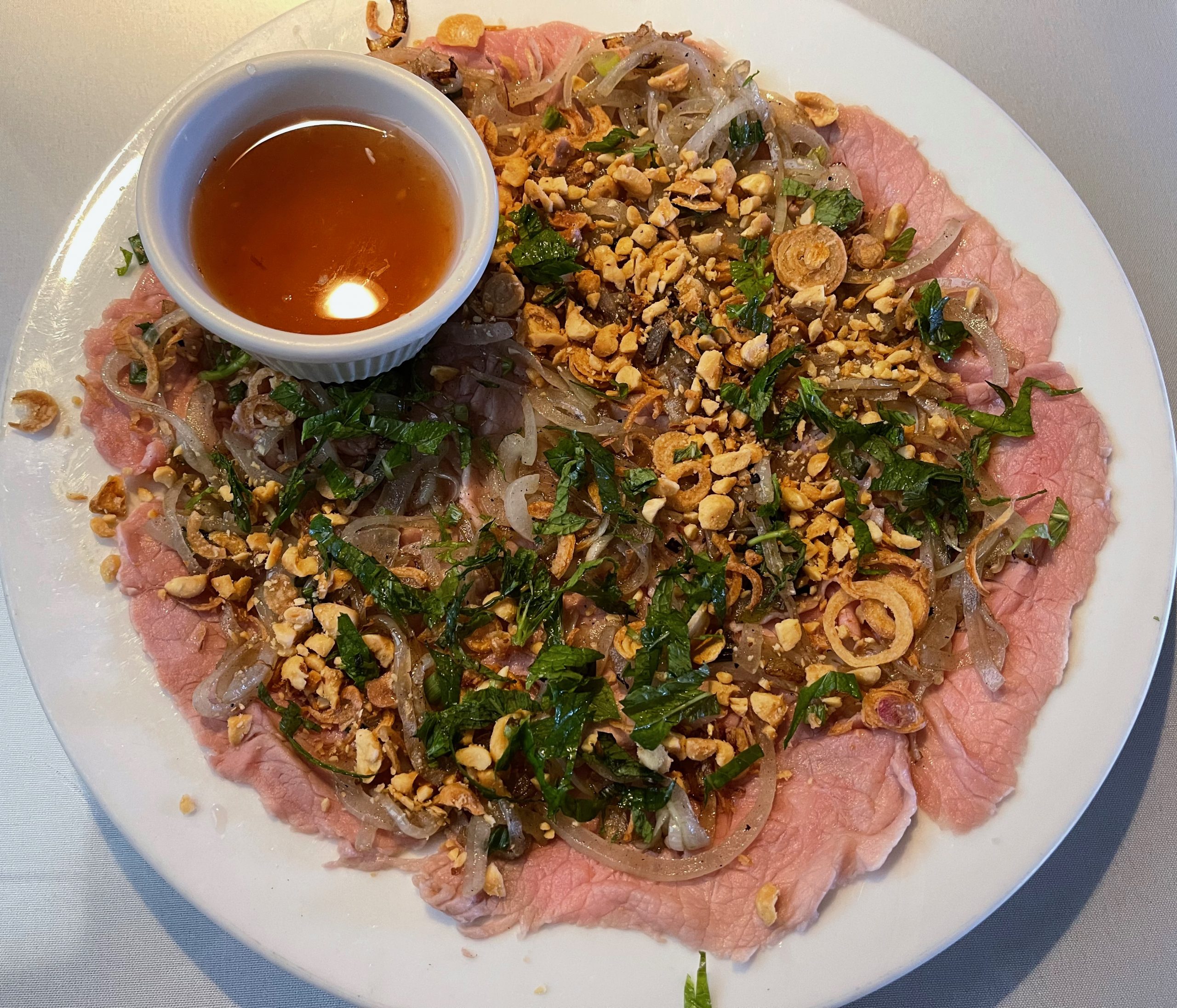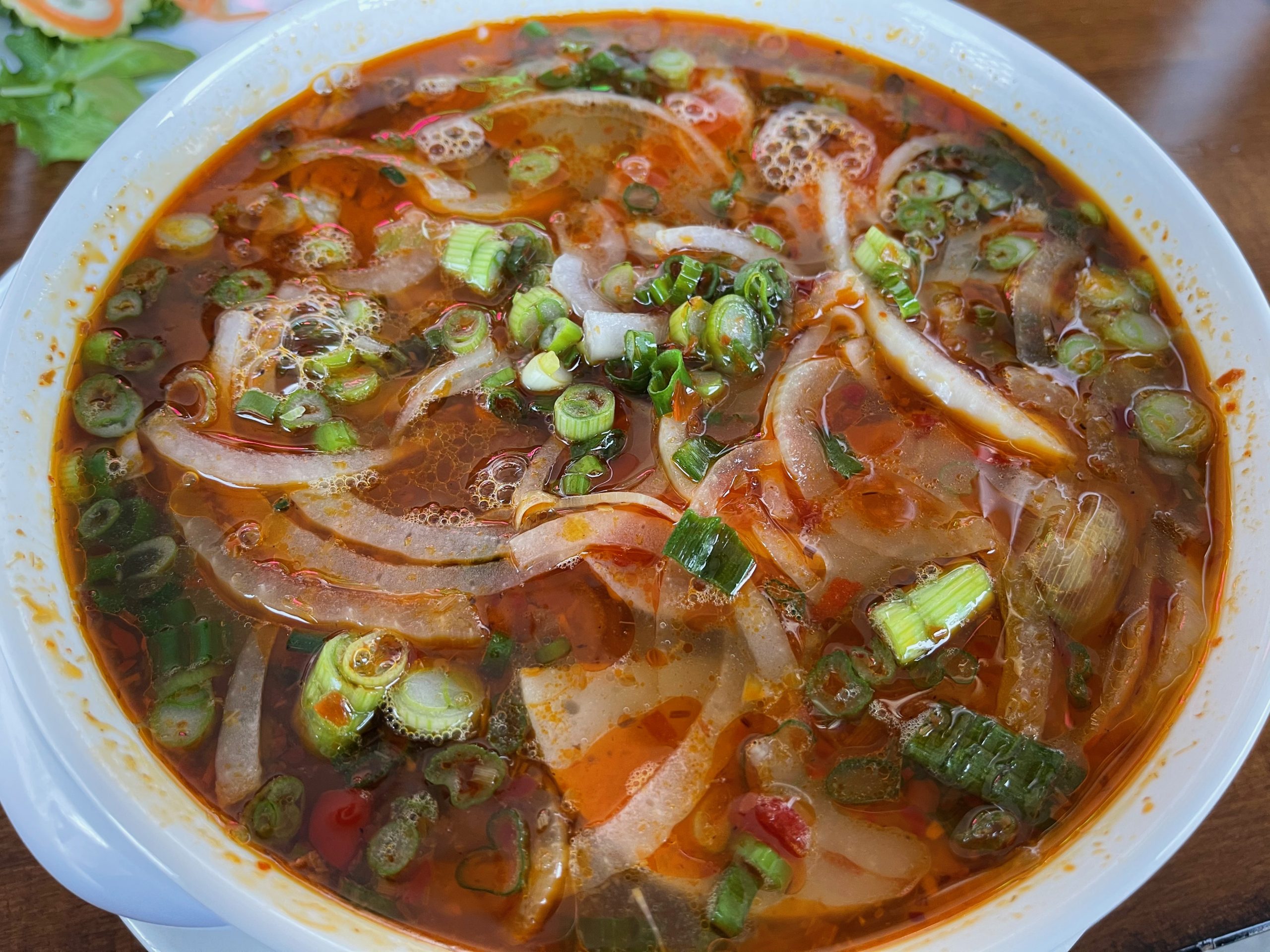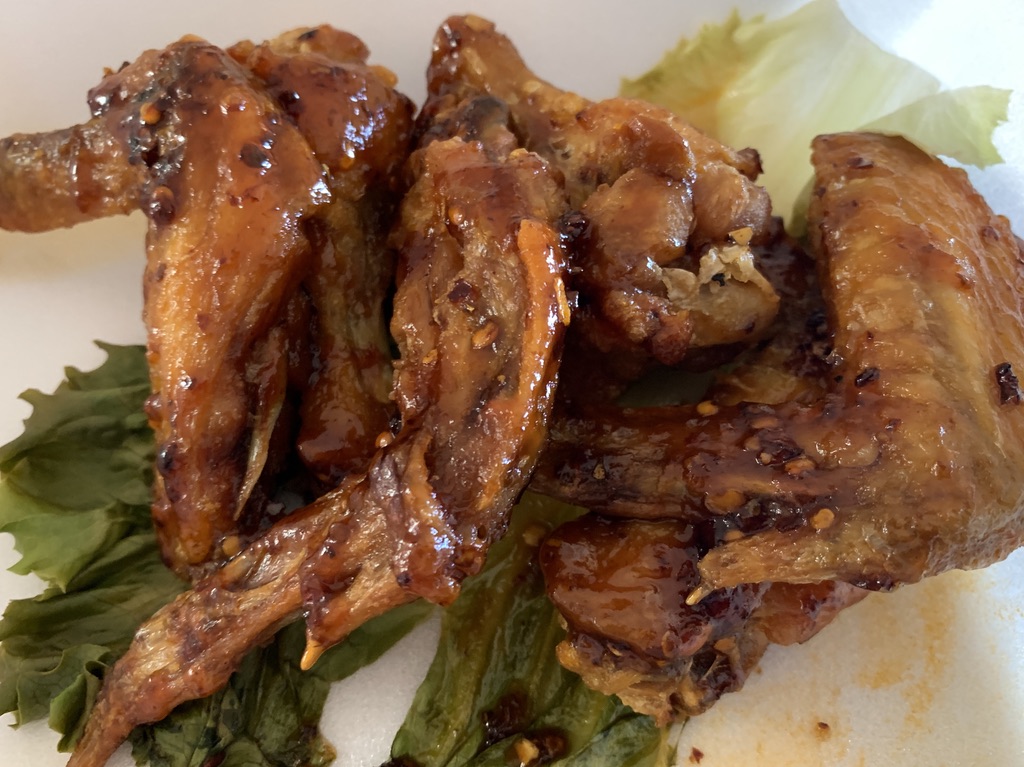Pho Nho – Albuquerque, New Mexico
Foodies are a passionate–some would say even snobbish–lot. The most passionate among them are sticklers for authenticity and provenance of ingredients and preparation methods. The plebeian among us who don’t know quite as much had better not represent inaccuracies as truths (much as politicians do) or even use culinary terms incorrectly lest we be excoriated. Tieghan Gerard, a well-intentioned blogger, learned just how passionate savvy foodies can be. Tieghan, the creator of the popular food blog Half Baked Harvest found herself in hot water when she had the audacity to misrepresent a quick noodle soup recipe. More specifically, she dubbed her recipe “chicken pho,” a faux pas on may levels and for many reasons. Readers were quick to point…

